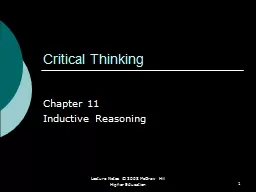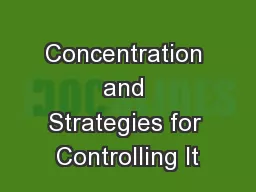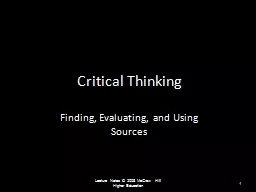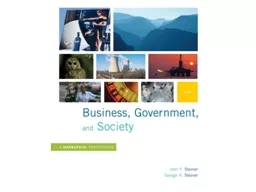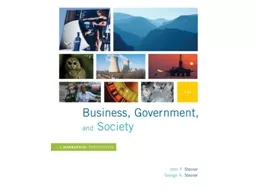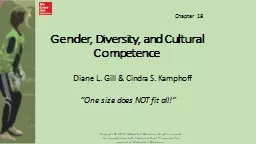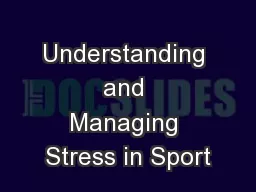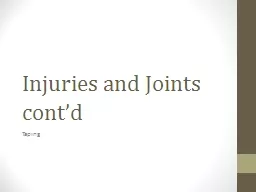PPT-Lecture Notes © 2008 McGraw Hill Higher Education
Author : jane-oiler | Published Date : 2016-05-12
1 Critical Thinking Chapter 11 Inductive Reasoning 2 Introduction Inductive Argument an argument in which the premises are intended to provide support but not conclusive
Presentation Embed Code
Download Presentation
Download Presentation The PPT/PDF document "Lecture Notes © 2008 McGraw Hill Higher..." is the property of its rightful owner. Permission is granted to download and print the materials on this website for personal, non-commercial use only, and to display it on your personal computer provided you do not modify the materials and that you retain all copyright notices contained in the materials. By downloading content from our website, you accept the terms of this agreement.
Lecture Notes © 2008 McGraw Hill Higher Education: Transcript
Download Rules Of Document
"Lecture Notes © 2008 McGraw Hill Higher Education"The content belongs to its owner. You may download and print it for personal use, without modification, and keep all copyright notices. By downloading, you agree to these terms.
Related Documents

